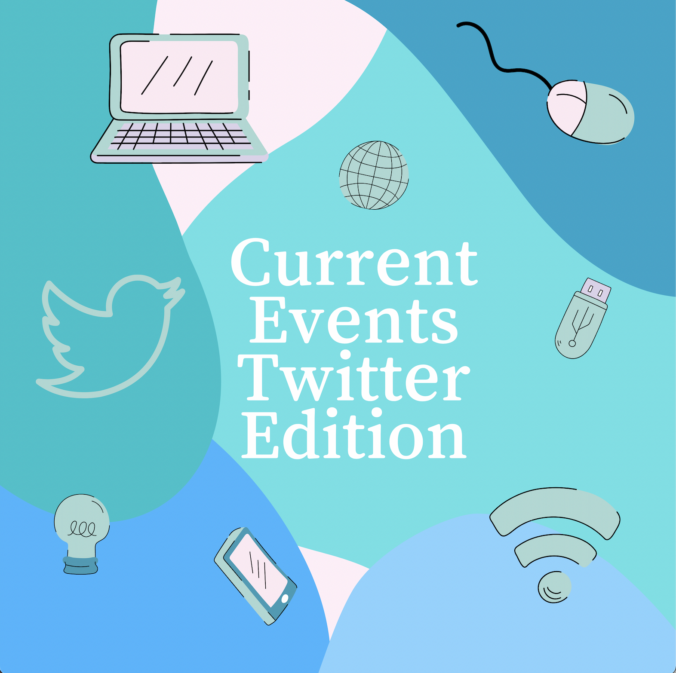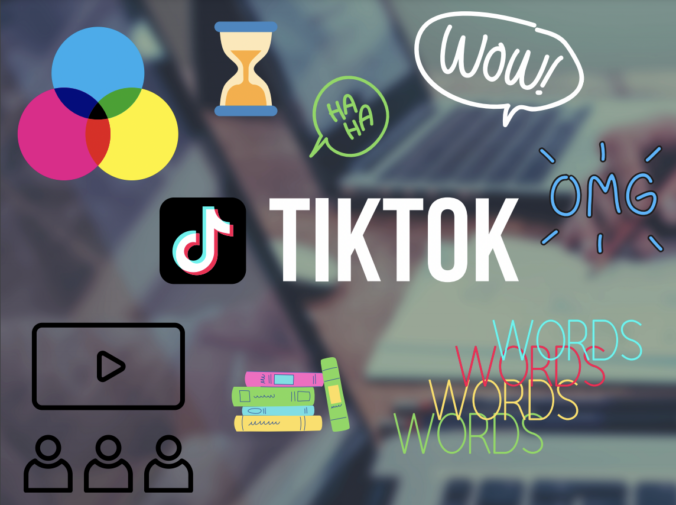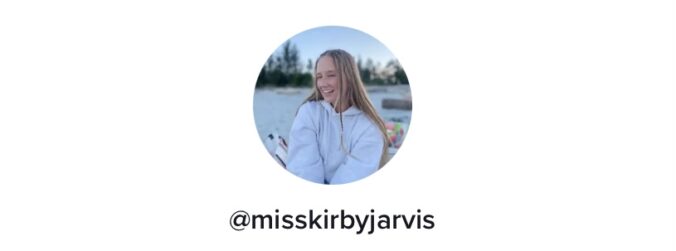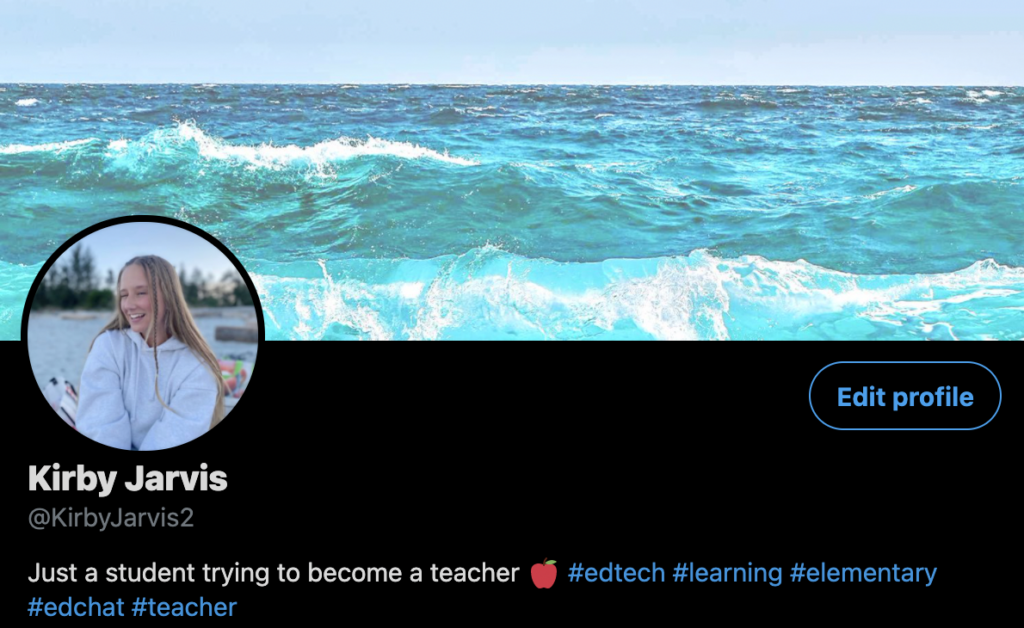Created by Leona Ngan and Kirby Jarvis
Link to the original lesson plan “Our Digital Citizenship Pledge” from Common Sense Media: Original Lesson Plan
To view our adapted lesson plan, please click here
Handouts and Resources
Written Explanation Highlighting Changes
For this assignment, we chose to adapt the lesson “Our Digital Citizenship Pledge” from the online educational resource Common Sense Media. We were inspired by this lesson’s focus and intersection between community and digital citizenship. Additionally, we recognized the potential to integrate the concepts of empathy and being an active participant through the creation of community norms as well as answer the inquiry question “What do powerful digital bystanders do? Say?”
While beginning the revising process, our goal was to adapt the lesson to increase student engagement, student interaction with peers, and connection with the BC curriculum in a way that aligns with constructivist teaching philosophy. To begin, we analyzed the structure of the lesson and adapted the existing sequence of activities. Originally, the introduction to the lesson, Community Circle, was teacher-directed. We adapted this means of instruction to a community circle format to facilitate a more open exchange and sharing of ideas rather than a traditional question and answer session.
Following the community circle activity, we adapted the community norms portion of the lesson by revamping the lesson template. As the original template included digital applications that appeared dated, we changed “video sites” to “social media” and exchanged “Vimeo” for “Tiktok” to increase the relativity of the materials for students. We also chose to adjust the language worded in the template to be positive and promote wanted behaviour versus unwanted and inappropriate actions.
To address the topic of being a powerful bystander, we created a model representing strategies for responding to unmet community norms. We did this through the addition of the RADAR activity into the lesson plan and slides. The acronym RADAR, which stands for Re-think, Adult, Document, Assess, Reflect, helps students think critically about their own and others online behaviours in a way that is both empathetic and contextually relevant. In the RADAR activity, students are shown scenarios of unmet community norms and in the reflection period students share and learn about empathetic responses they can make as powerful bystanders. To make this portion of the lesson more concrete and practical we created a student handout as an accompanying visual of the learning.
For the digital citizenship poster portion of the lesson, we chose to move it from the closure to the body of our lesson as it flowed better with our newly rearranged plan. We decided to adapt the format of the poster to be digital so we could share the document beyond the classroom as well as have the capability to edit, demonstrating how norms can change and be updated as we learn and go through new experiences and contexts.
As a whole-class cumulative activity to end the lesson, we decided to add a class video pledge. This video’s purpose is to act as a visual binding contract that has the potential to be shared and distributed.
We opted to adapt the lesson components in order to include relevant teaching strategies. To create a lesson that was more meaningful for a teacher to implement and relevant to the current BC curriculum, we chose to incorporate the core competencies, revise the lesson learning objectives and goals, and include additional key questions and notes to support the inquiry question “What do powerful digital bystander do? Say?” and guide instruction. For example, in the group poster section of the lesson, we connected the objectives of this activity to the core competencies “critical reflective thinking” and “personal and social awareness and responsibility” by highlighting the ever-changing digital landscape and realities of being a member of a digital world.
References
British Columbia Ministry of Education. (2016). Applied design, skills, and technology. https://curriculum.gov.bc.ca/curriculum/adst/3/core
British Columbia Ministry of Education. (2016). English language arts. https://curriculum.gov.bc.ca/curriculum/english-language-arts/3/core
British Columbia Ministry of Education. (2016). Core competencies. https://curriculum.gov.bc.ca/competencies
Common Sense Media. (n.d.). Our digital citizenship pledge.https://www.commonsense.org/education/digital-citizenship/lesson/our-digital-citizenship-pledge









Recent Comments